Celebrating the 50th Anniversary of Hoai Nhon Town Liberation Day (March 28, 1975 - March 28, 2025)
Hoai Nhon - "Heroic Motherland", the name associated with the pride of many generations about a land rich in the tradition of patriotism and revolutionary struggle. Under the leadership of the Hoai Nhon Party Committee, the army and people in the district have united, unified, established many glorious feats, contributing to the golden history of Binh Dinh province and the Vietnamese people, one of the most glorious feats was defeating the American imperialists and their puppet government, completely liberating Hoai Nhon district on March 28, 1975.
During the resistance war against the invading American imperialists, Hoai Nhon was one of the enemy's key areas of fierce attacks, where they launched all their strategies, tactics, and the most sinister and cruel plots and tricks to destroy our revolutionary forces .
During the years 1955 - 1960, the US and its puppet government implemented the policy of " denouncing communists and destroying communists ". They built many prisons and detention camps; arrested, detained and killed resistance fighters and people in the district. Typical examples were the massacre of hundreds of people at Thac Da church (Hoai Duc), An Dong sandbank (Bong Son), Da Bang (Hoai Hao - now Hoai Phu), Dong Chu sandbank (Hoai Chau), Tam Quan seaport... They built fences separating the mountainous areas from the plains, herding people into strategic hamlets, causing us many difficulties and losses. However, with a steadfast revolutionary tradition, the army and people of Hoai Nhon remained steadfast, wholeheartedly following the Party, overcoming many difficulties and challenges, fighting bravely, and maintaining the revolutionary base.
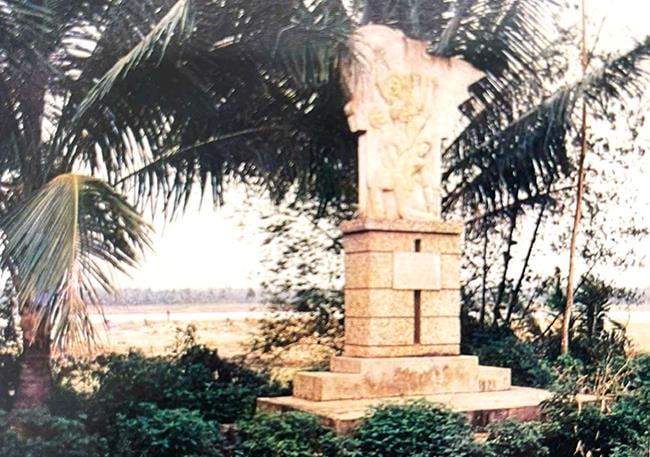 |
Stone Waterfall - Where the enemy killed 72 cadres and people in the "denounce communists, destroy communists" campaign in 1955 (Photo archive) |
During the years 1961 - 1965, the US implemented the "Special War" strategy, waging a war to suppress the revolutionary movement in the South. They focused on destroying the mountainous areas in the West and Southeast of Hoai Nhon district; at the same time, they strengthened the construction of the government system, continued to implement the policy of " denouncing communists, destroying communists ", placed former party members under house arrest, and terrorized families whose members participated in the resistance.
In early February 1961, the Hoai Nhon District Armed Forces coordinated with the grassroots to attack and destroy a number of notorious villains in the communes of Hoai Son, Hoai Hao, Hoai Thanh, and Hoai Huong, creating momentum for the masses to rise up, destroy a number of strategic hamlets, build and consolidate armed forces and revolutionary bases in many villages and communes. On the night of January 4 to the morning of January 5, At Ty year (1965), we launched a surprise attack on Hill 10 stronghold, completely annihilated 2 companies, and captured all the villains in 3 communes: Hoai Chau, Hoai Son, and Hoai Hao. The military attack supported the uprising masses to surround, force retreat, and force surrender, disintegrating a series of enemy posts, liberating all 10.12 communes in the district, forcing the enemy to retreat to Bong Son district and part of Hoai Tan commune. Our liberated areas were expanded, the revolutionary government was established, and the people were free.
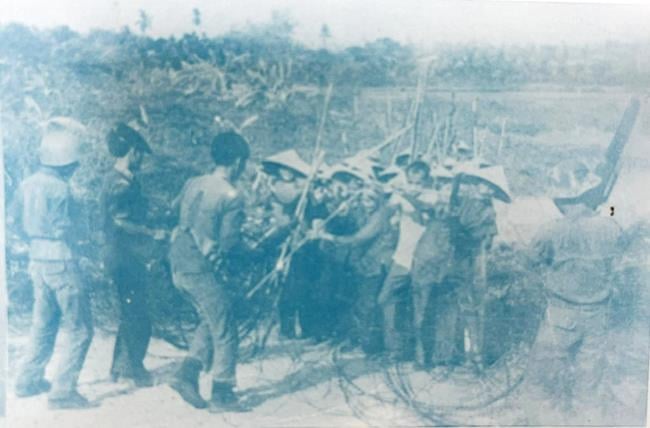 |
The climax of the uprising to destroy the strategic hamlets of the Hoai Nhon people in 1962. (Photo archive) |
In the dry season of 1966, the US and its puppet government launched a large-scale sweep. They dropped bombs along the foot of Hung Nhuong mountain, and rushed troops to the areas of Cho Cat, Cuu Loi, Truong Xuan, An Thai, Truong Lam, Tai Luong, Gia Huu, Chuong Hoa, Quyt forest... However, the main force troops coordinated with the district troops and local guerrillas to steadfastly hold their ground, repelling many enemy attacks, causing the enemy to panic and fear. In the great victories at An Thai, Cho Cat, Hill 10, Cuu Loi, Tuong Son, Lieu An, Thanh Son, we killed thousands of enemies, shot down dozens of planes; and destroyed hundreds of military vehicles of all kinds. Despite the rain of bombs and bullets, the local people still took care of food and water for the troops and guerrillas, and took care of the wounded. In Hoai Chau, the people hid the wounded in rice granaries to transport them before the enemy; Ms. Hai Nhuong drained her breast milk to treat a wounded soldier who had lost blood in the bunker; Many women carried dozens of wounded soldiers out of the war zone; some families raised dozens of wounded soldiers in their homes; hundreds of wounded soldiers were sheltered, cared for, and transferred to the base. People contributed hundreds of tons of rice to feed the troops. The more severe the challenges, the more intimate the bond between the army and the people.
In the dry season of 1967, the enemy mobilized 20,000 troops, 4 armored battalions, 350 military vehicles, 60 artillery pieces, 150 aircraft, and many warships to attack communes in the district with the goal of encroaching on our liberated zones. On February 6, 1967, the D40 Special Forces Company of the province coordinated with the district forces to attack the De Duc base (Hoai Tan), killing 300 enemies, destroying 50 aircraft, and burning down 2 fuel depots. During this time, the guerrilla movement in the communes developed strongly, typically the guerrillas in Hoai Chau, Tam Quan, Hoai Hao, Hoai Thanh, Hoai My communes... The guerrillas self-made rudimentary weapons, fought the enemy, and maintained the liberated zones. Along with the armed struggle, the political struggle and military agitation movements were promoted.
Carrying out the 1968 Tet Mau Than General Offensive and Uprising, the Hoai Nhon Army and people simultaneously attacked dozens of enemy posts and outposts, killing hundreds of them and destroying many war vehicles. A typical example was the raid by the D40 Special Forces unit in coordination with the internal forces to attack the enemy in Tai Luong, De Duc... killing hundreds of enemies and destroying 13 planes. Along with the armed attack, tens of thousands of people in the district rose up to surround, force the withdrawal and surrender of dozens of enemy posts. With this victory, they contributed to defeating the US's "Local War" strategy with the army and people of the whole country.
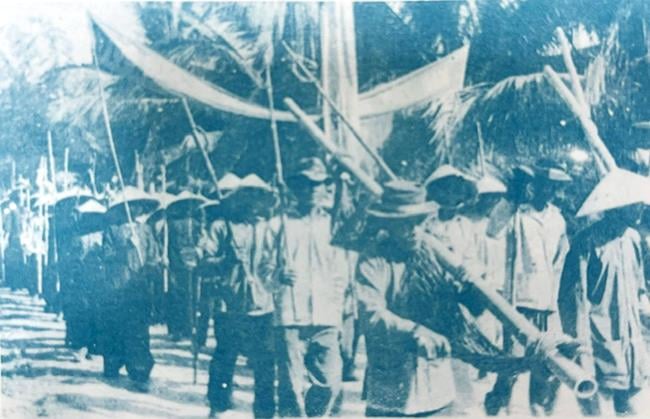 |
Hoai Nhon people rose up to force the enemy to withdraw from the outpost in 1968 (Photo: Archive). |
In early 1970, Hoai Nhon promoted the movement to destroy evil, typical of this movement was the Swallow Team of Hoai Thanh commune children including Pham Thi Dao, Nguyen Thi Ngan, Vo Phuoc, Vo Thi Huy... When captured by the enemy and shot, before her death, Pham Thi Dao shouted: " Long live Ho Chi Minh! Down with the American imperialists and their traitors! ". Nguyen Thi Ngan and Vo Phuoc were captured by the enemy and brutally interrogated to death, but they still did not reveal a word.
In 1972, the US imperialists chose Hoai Nhon as the focus of the "rural pacification" program, using many extremely fierce attacks, causing difficulties for the revolutionary movement. However, the Party Committee and the army and people in the district still steadfastly held on "Not an inch gone, not a millimeter left", consolidating and building up their strength in all aspects, defeating the enemy's "rural pacification" plan. Within just 20 days of the 1972 Spring - Summer campaign, the army and people of Hoai Nhon wiped out the entire system of 117 checkpoints, annihilated and disintegrated thousands of enemy troops, completely liberating Hoai Nhon district on May 2, 1972, including 12 communes with 153,000 people (1). This was the first district in the South to have National Highway 1A completely liberated, cutting off enemy road traffic from May to July 1972.
At the end of July 1972, the enemy mobilized forces and many modern means of war to counterattack and retake Hoai Nhon, aiming to clear National Highway 1A, connecting the enemy's tactical zones 1 and 2. The army and people of Hoai Nhon defeated the counterattacks, causing heavy losses to the enemy. The enemy only reoccupied a number of checkpoints along National Highway 1A, while most of the communes in the East and West of the district belonged to our liberated zone. After the Paris Agreement was signed, the US and its puppet government continued to increase their forces and means of war, launching a " flooding the territory " campaign in order to encroach on our liberated zone. With the determination to maintain the liberated zone, the local armed forces coordinated with the 3rd Sao Vang Division to steadfastly hold out, breaking hundreds of enemy attacks, maintaining and expanding the liberated zone.
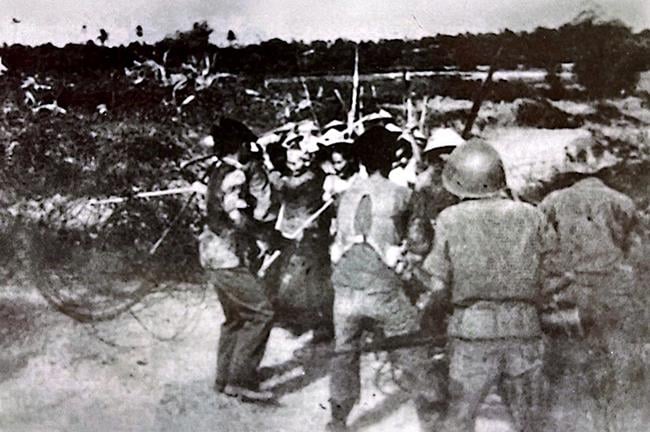 |
Hoai Nhon women fought directly with the enemy at Hill 10 base (Photo: Archive) |
Carrying out the 1975 Spring offensive and uprising campaign, on March 23, 1975, the Standing Committee of the Zone V Party Committee met and decided: Immediately switch to the opportunistic plan to liberate Zone V in the shortest time... While bringing to a climax the simultaneous uprising attack to liberate the countryside (including district capitals and towns), at the same time step up the simultaneous uprising attack in cities and towns. Must be bold, flexible, ignore the outer defense line and go straight to the enemy's brain (2).
The battlefield developed very quickly. On March 24, we captured the towns of Quang Ngai and Tam Ky. On March 25, the army and people of Thua Thien liberated Hue city, simultaneously cutting off the enemy's road and waterway to Da Nang. From March 26, our 2nd Division of Military Region V and 2nd Corps from 3 directions charged straight into the center of Da Nang city.
Faced with the new developments, on the afternoon of March 24, 1975, the Provincial Party Committee Standing Committee met and decided: To step up the three punches, launch a high tide of attacks and uprisings to liberate the countryside, step up attacks and uprisings in towns, overthrow all enemy troops, take all government into the hands of the people, and liberate the entire province . The slogan for action was " Commune liberates commune, district liberates district, province liberates province ", " All for overthrowing the enemy government " (3). In the order for the General Offensive and Uprising for Liberation, there is a passage: “ Concentrate all local forces and village guerrillas, launch a general attack on all enemy posts, with the main focus being the sub-regions and district capitals, capture them alive, disarm them, and not let a single one escape. The masses, armed with all weapons, rise up in a grand general uprising, surround all posts and enemy units, surrender, capture them all, collect their weapons, march straight into the sub-regions and district capitals, and seize power. In coastal areas, all the masses are armed, divided into lines, and capture all the remnants of the army who have fled to the sea ” (4).
Implementing the strategic determination of the Provincial Party Committee, on March 25, 1975, the armed forces and 30,000 people of Hoai Nhon vigorously launched attacks, surrounded 65 enemy posts, and destroyed, forced to retreat, and collapsed 38 posts in just one day. On March 26, 1975, while in the South, Battalion 53 and the people and army of the communes forced the enemy to flee from Hoai My, Hoai Xuan, Hoai Huong, Hoai Thanh, ..., in the North, more than 20,000 people and armed forces forced the enemy to withdraw from Hoai Chau, Hoai Hao, forced them into the Tam Quan military sub-region and then had to flee that same night. Taking advantage of the victory, on March 27, 1975, the army and people of Hoai Nhon surrounded and fiercely attacked the De Duc base and the Bong Son district sub-region. On the morning of March 28, 1975, the entire enemy army fled to Phu My; By 10:00 a.m. on March 28, 1975, we had captured Bong Son district town. Hoai Nhon was completely liberated, contributing to the liberation of Binh Dinh province (March 31, 1975) and the complete liberation of the South, unifying the country.
The victory of the resistance war against the US for national salvation was the most decisive victory of the 45-year struggle in Hoai Nhon, marking a very fundamental turning point, deciding the revolutionary path that the Hoai Nhon Party Committee had participated in since 1930 - the path of national independence, socialism, freedom, prosperity, happiness, justice and humanity. It was also the victory of the patriotic tradition and the indomitable tradition of the Hoai Nhon people, always aiming towards the aspiration for independence, freedom, peace, democracy and progress.
Since the liberation day, the Party Committee and the people of Hoai Nhon have continued to promote the tradition of solidarity, overcome difficulties, strive and have achieved many important achievements. After 50 years of construction and development, especially nearly 40 years of implementing the Party's renovation policy, generations of cadres, party members and people of Hoai Nhon town have the right to be proud of their tireless efforts to build the town to develop more and more sustainably and prosperously, becoming a rich and powerful locality in the North of Binh Dinh province. By 2024, the town's economy will continue to grow well. The total production value of the main sectors increased by 14.79%; of which the production value of industry - construction increased by 17.7%; trade - services increased by 13.67%; fishery - agriculture - forestry increased by 3.17%. The economic structure continues to shift in the right direction, increasing the structure of industry - construction and trade - services, gradually reducing the structure of fishery - agriculture - forestry. The cultural - social fields have made much progress; national defense - security has been consolidated and enhanced; social order and safety have been maintained. The work of building the Party and the political system continues to be consolidated and improved.
The 50th anniversary of the Liberation Day of Hoai Nhon town is an opportunity for the entire Party Committee, the entire people and the entire army to review the heroic history of the Party Committee and the People of Hoai Nhon; thereby continuing to promote the spirit of patriotism, the revolutionary tradition of the homeland, the will of self-reliance, solidarity, dynamism, creativity, seizing opportunities, overcoming difficulties and challenges, striving to successfully implement the Resolution of the 13th National Party Congress and the Resolution of the 20th National Party Congress of the town, making Hoai Nhon town become the economic, cultural and social center of the North of Binh Dinh province.
NGUYEN TRIEU TIEN
-----------
REFERENCES
(1) Executive Committee of Hoai Nhon District Party Committee (1996), Hoai Nhon - History of revolutionary struggle and patriotic resistance (1930 - 1975) , Binh Dinh Department of Culture and Information, page 273.
(2), (3), (4) Executive Committee of Binh Dinh Provincial Party Committee (2015), History of Binh Dinh Provincial Party Committee (1954 - 1975) , Binh Dinh Department of Information and Communications, pages 279, 280.
Source: https://baobinhdinh.vn/viewer.aspx?macm=1&macmp=82&mabb=343366




![[Photo] Prime Minister Pham Minh Chinh chairs meeting to remove difficulties for projects](https://vstatic.vietnam.vn/vietnam/resource/IMAGE/2025/3/30/7d354a396d4e4699adc2ccc0d44fbd4f)
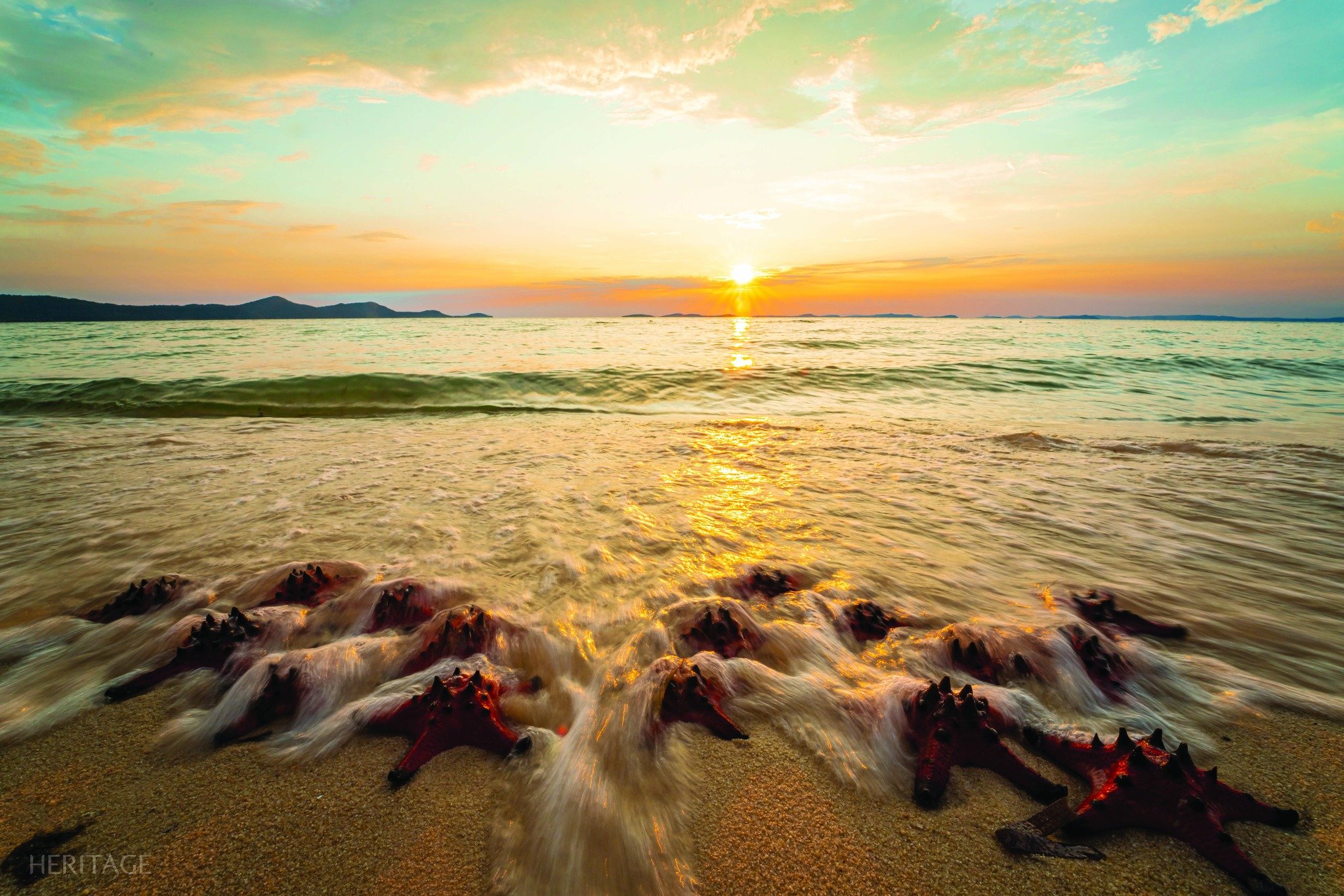
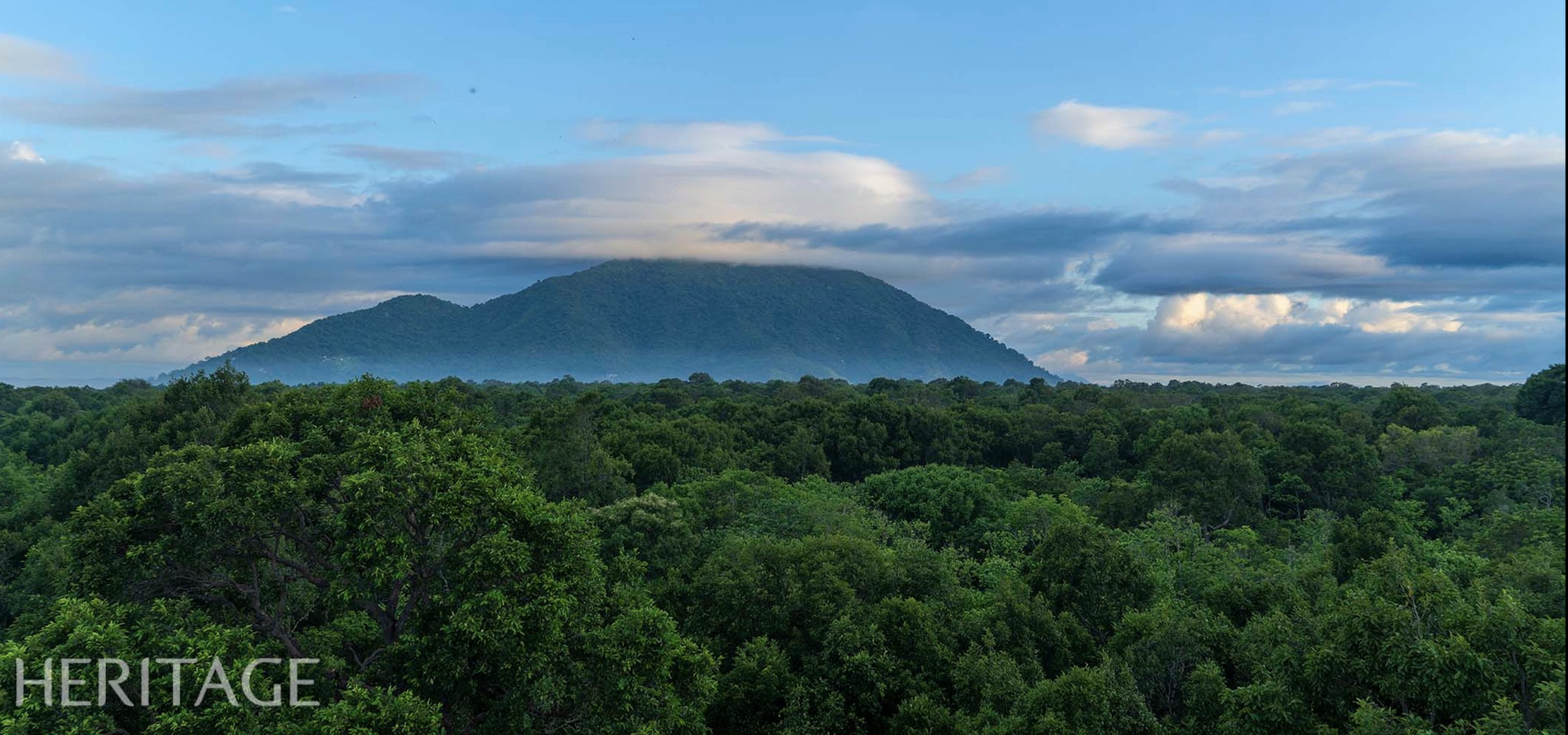
![[Photo] Ministry of Defense sees off relief forces to the airport to Myanmar for mission](https://vstatic.vietnam.vn/vietnam/resource/IMAGE/2025/3/30/245629fab9d644fd909ecd67f1749123)


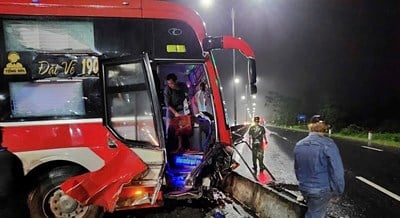
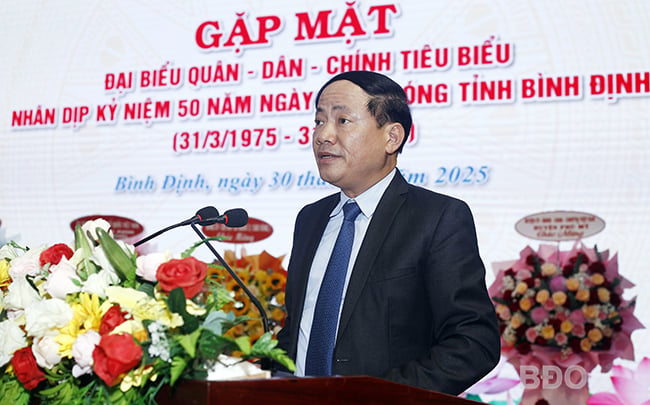

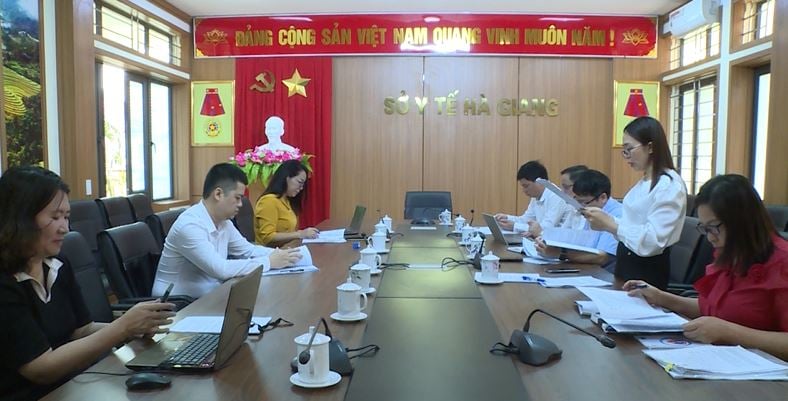

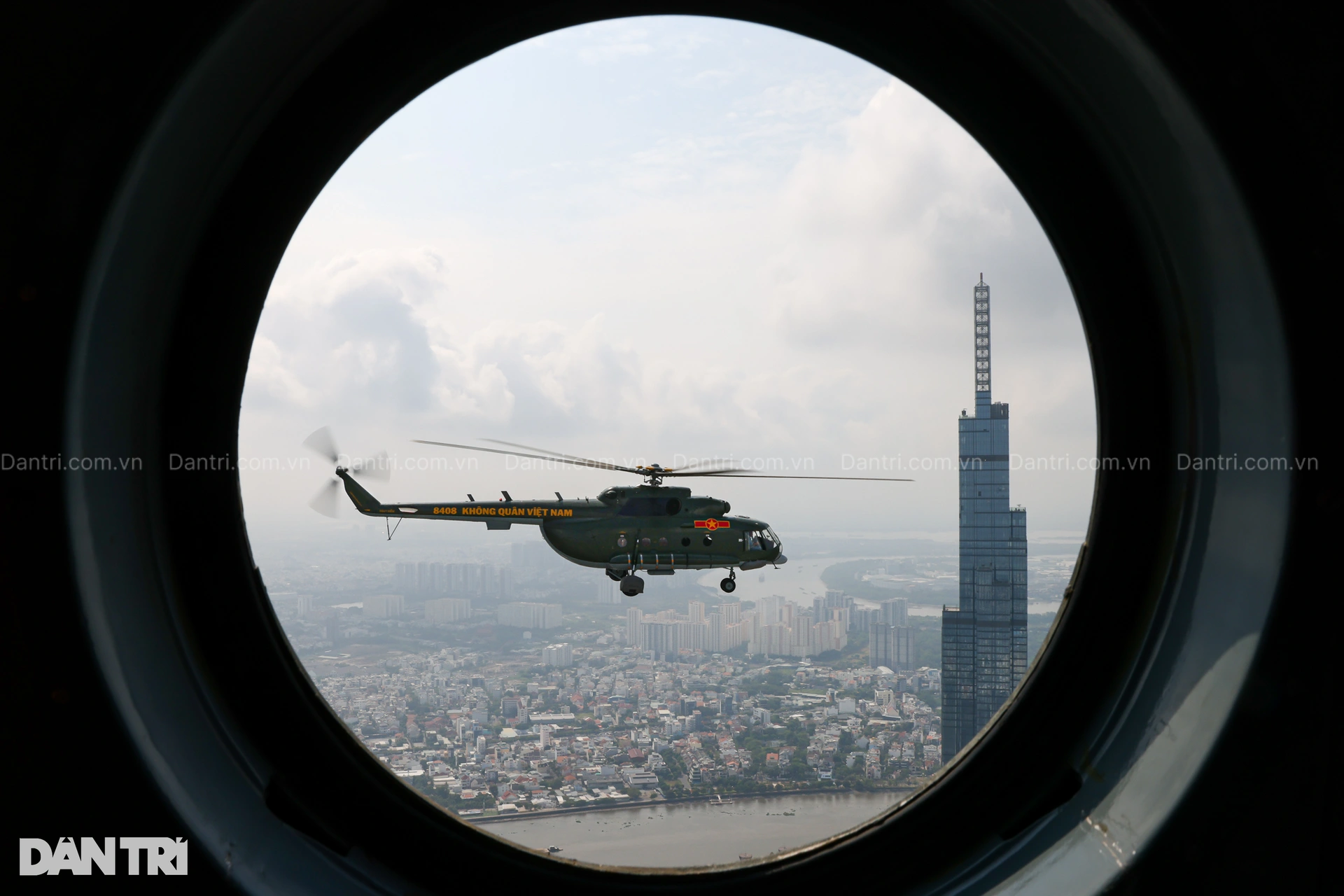
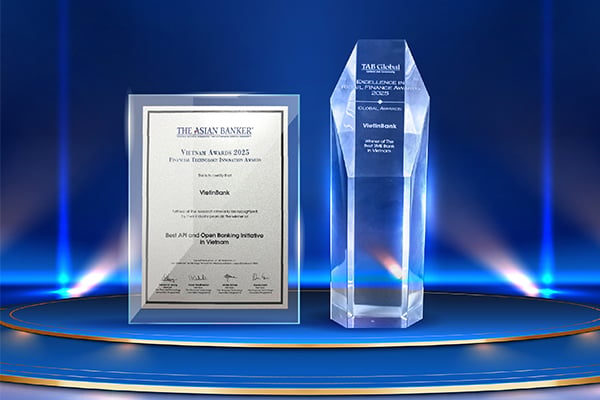
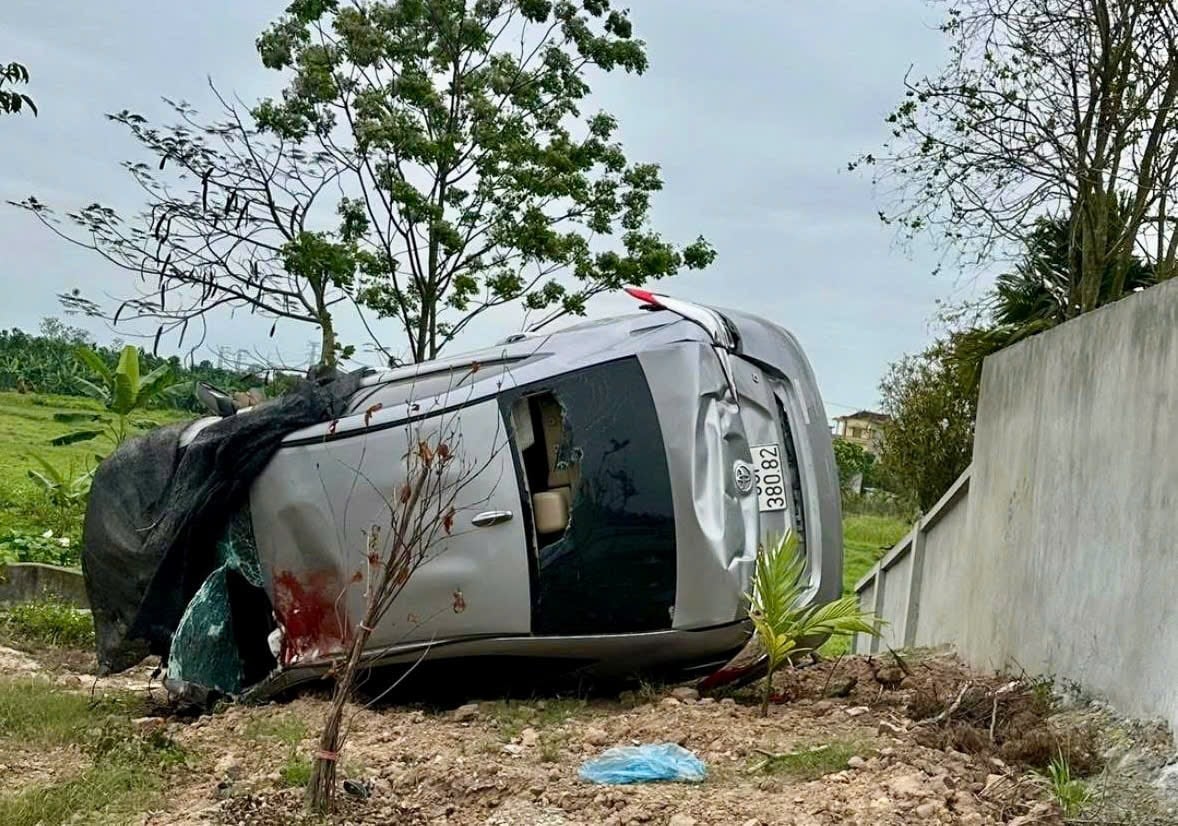
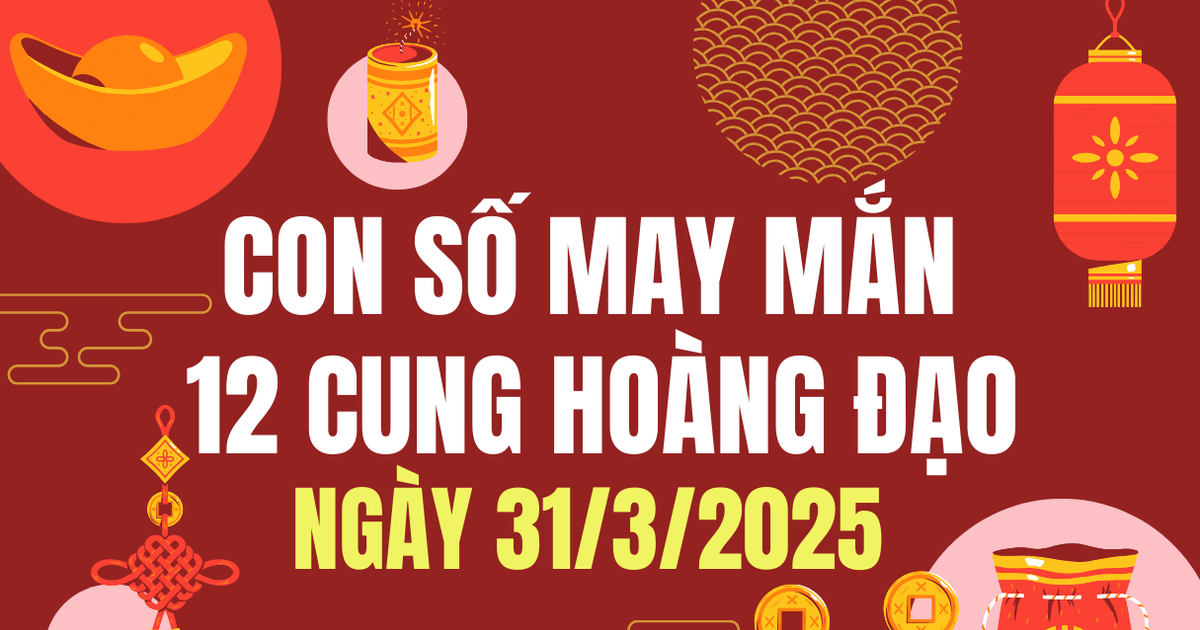

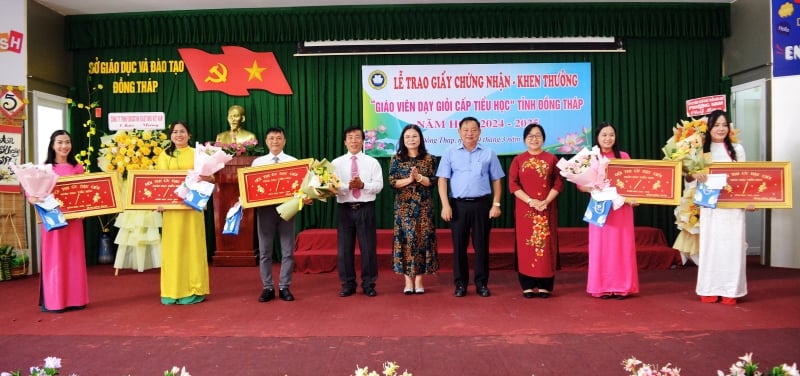
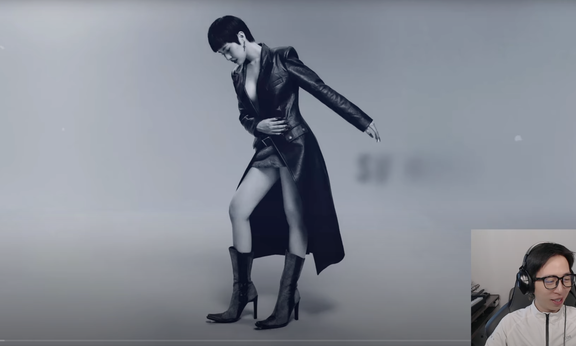
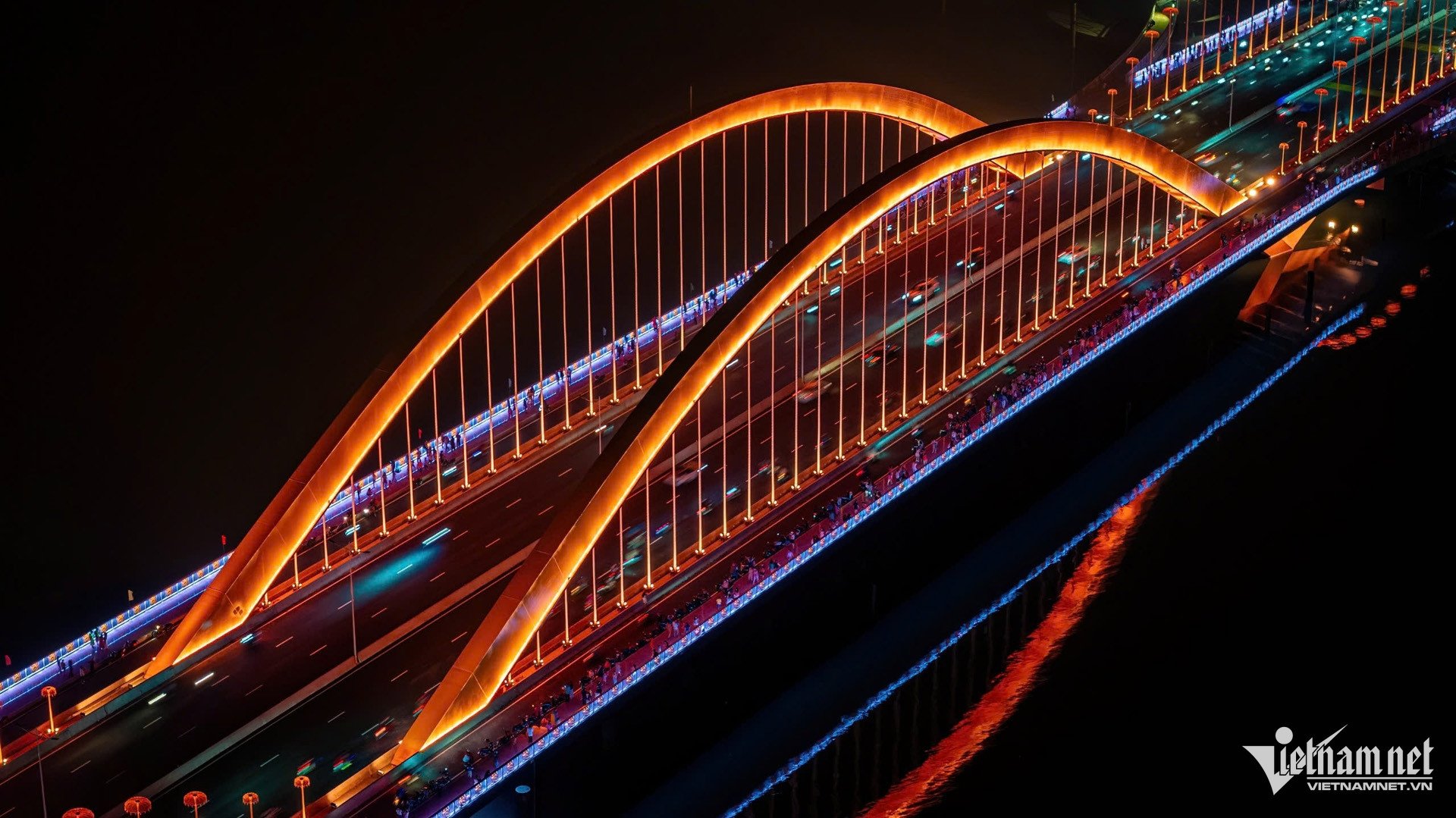
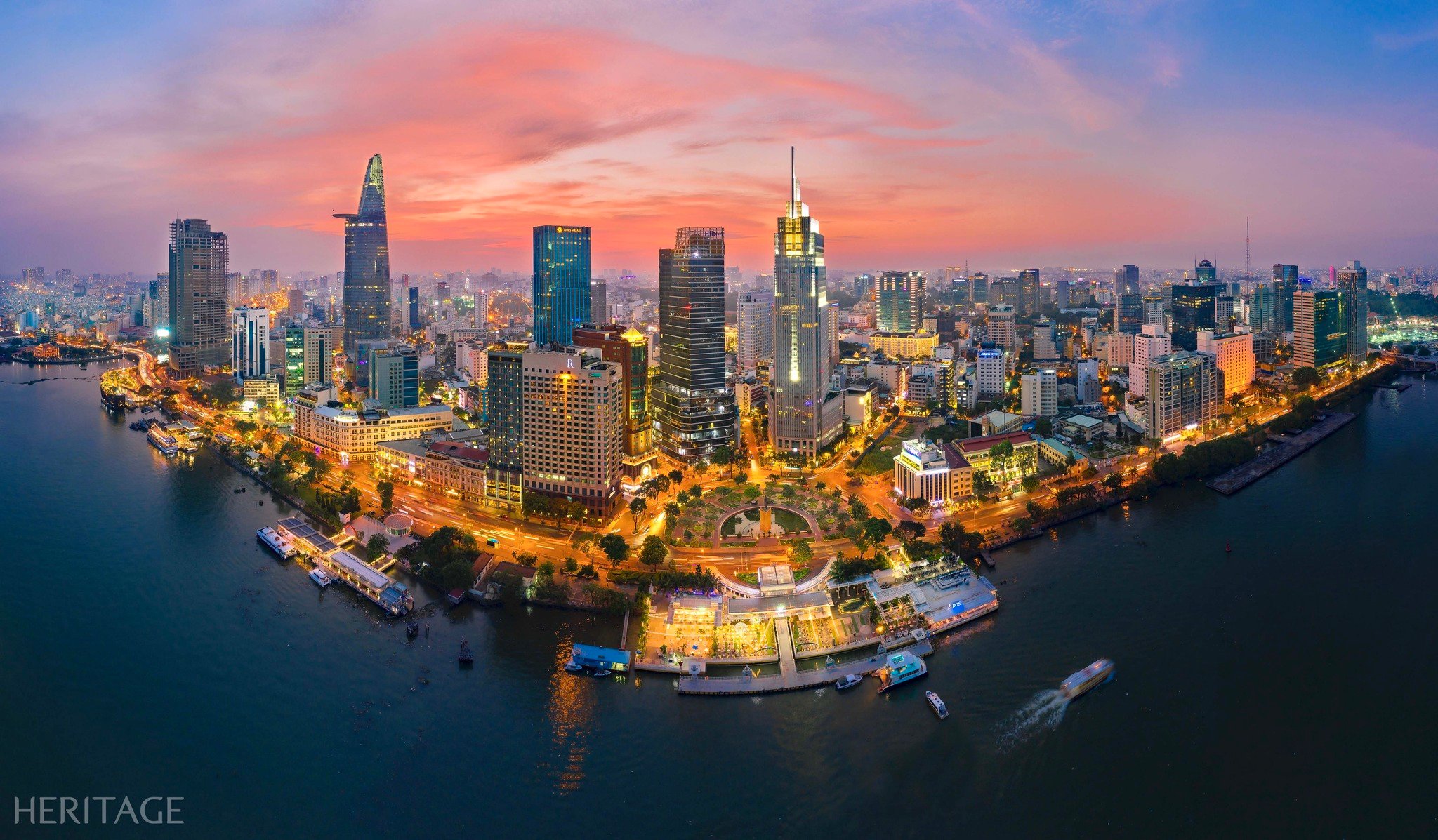
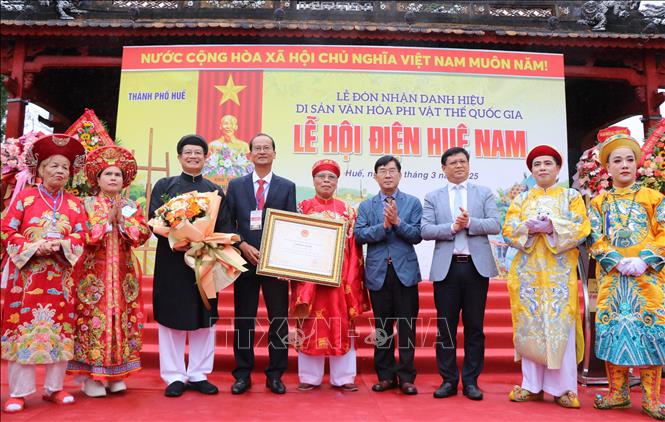

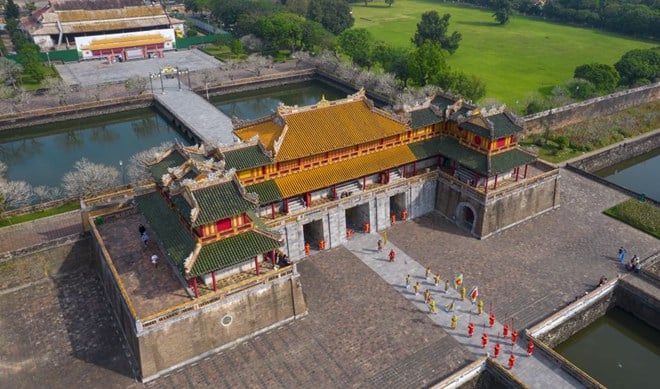

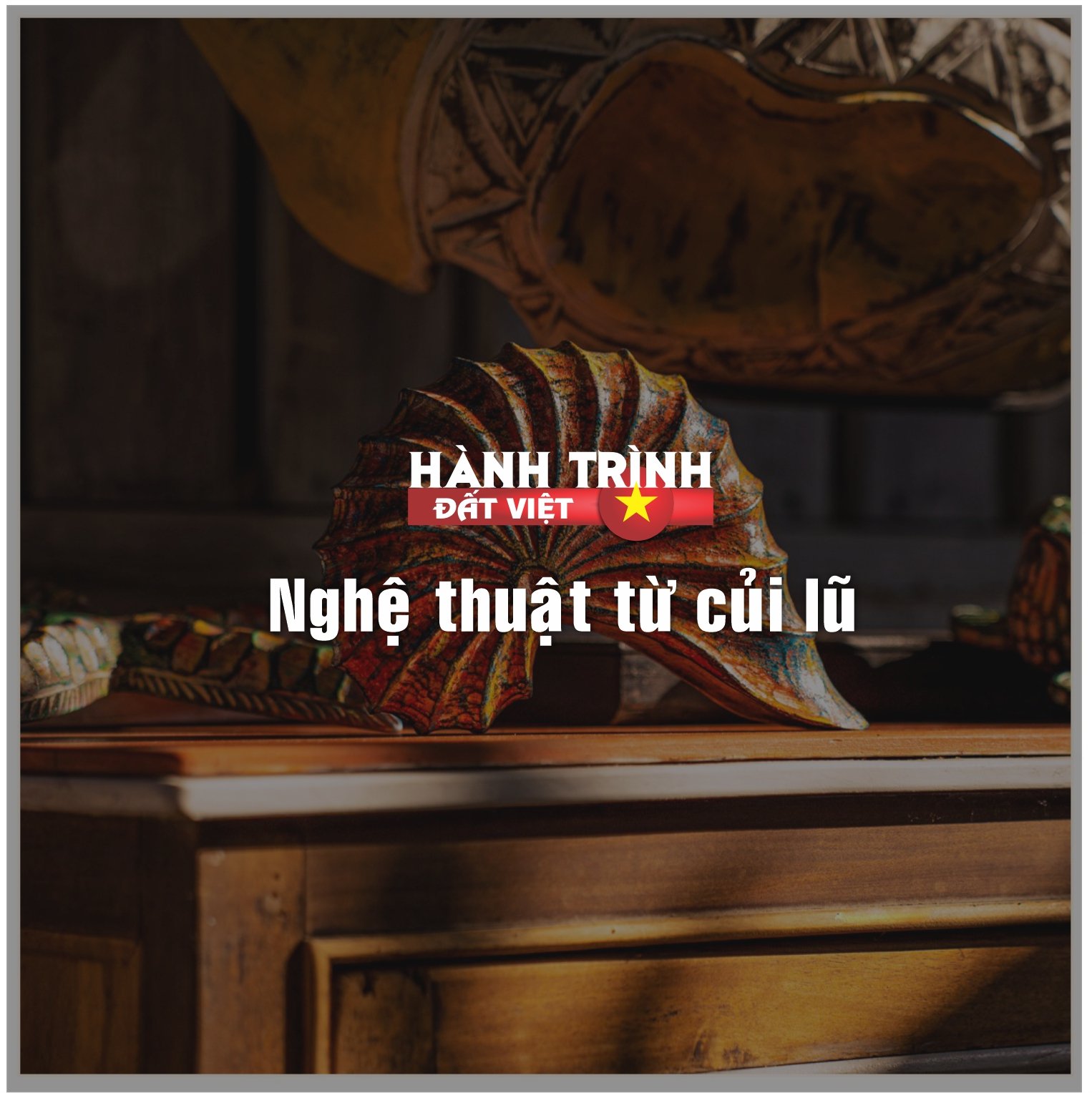

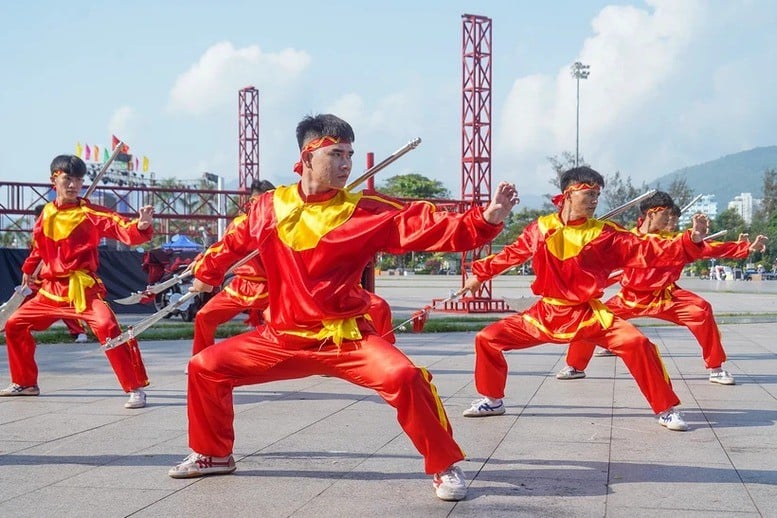



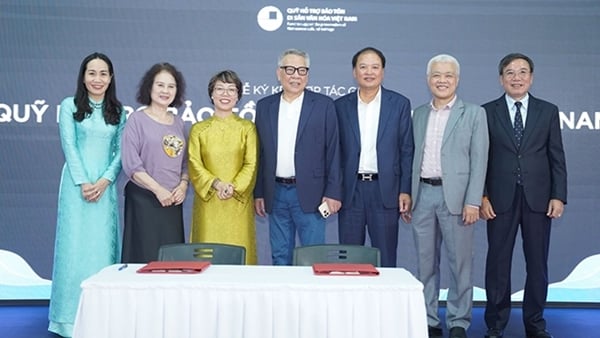
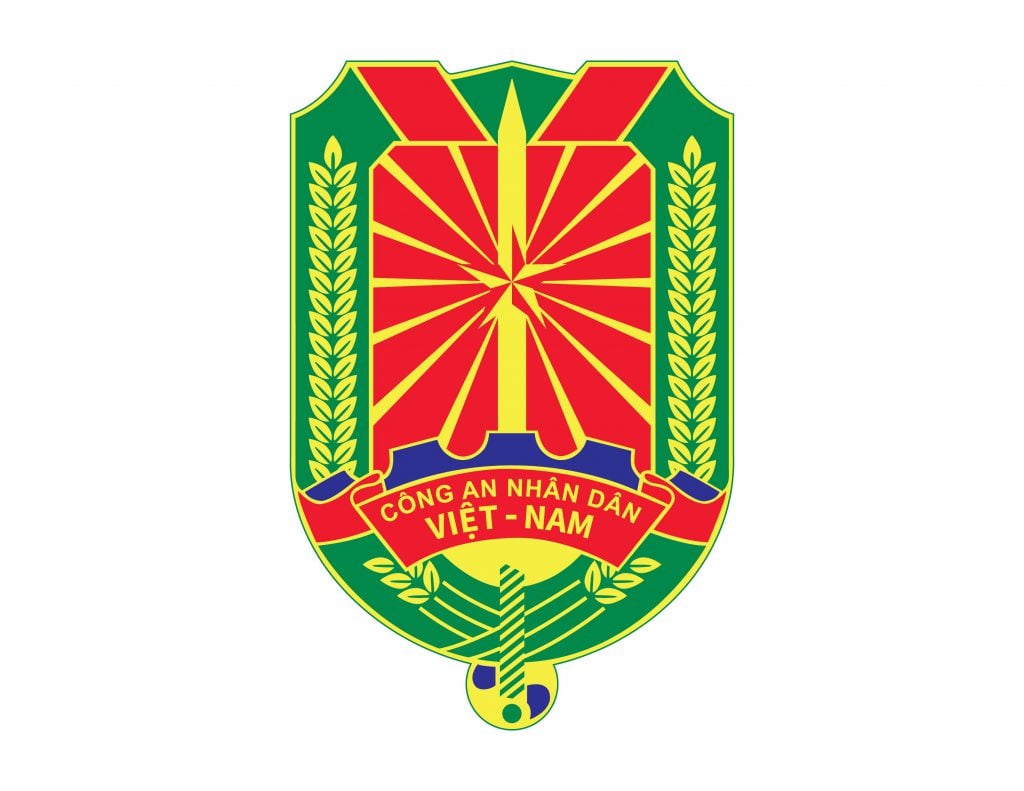
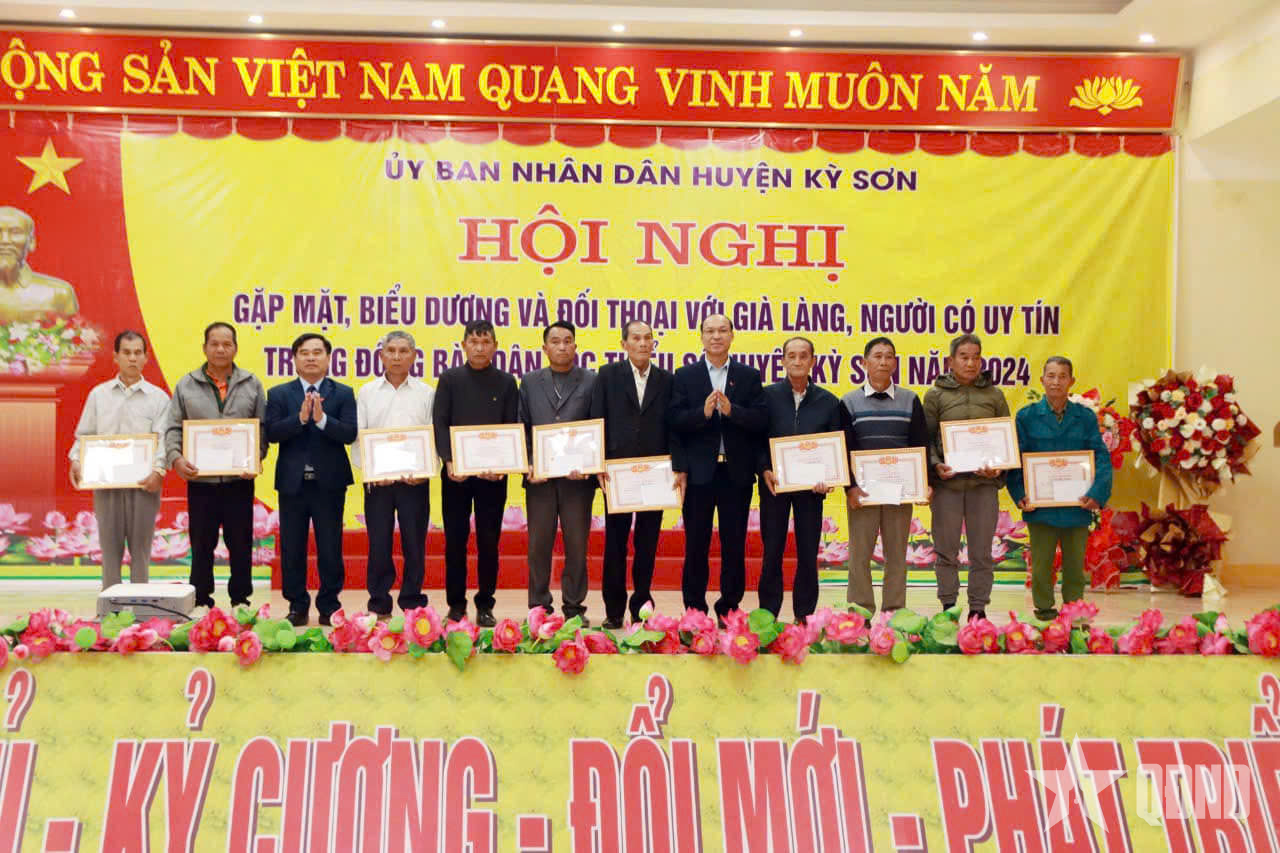



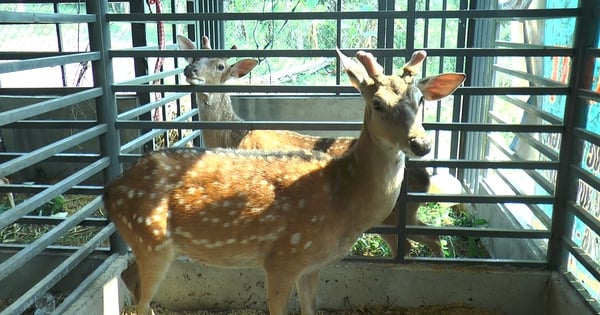

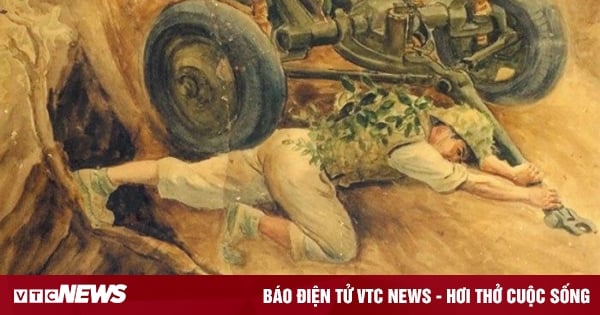


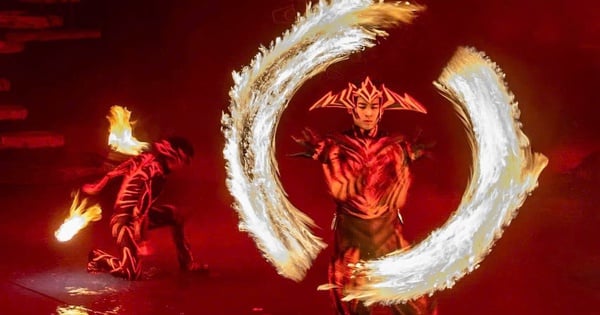








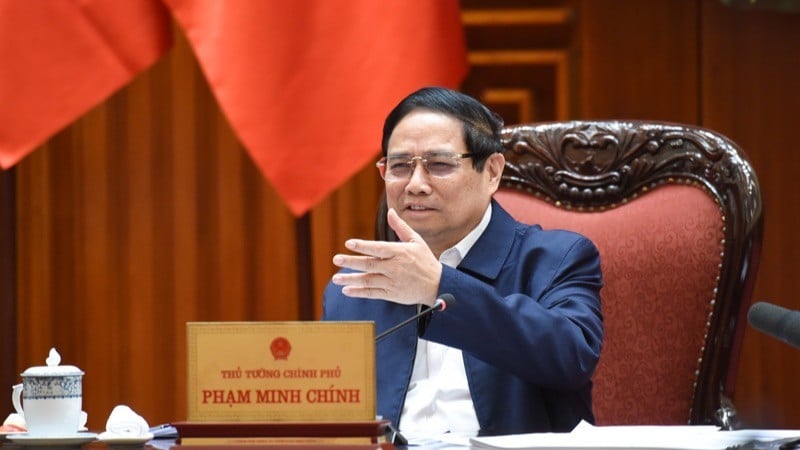

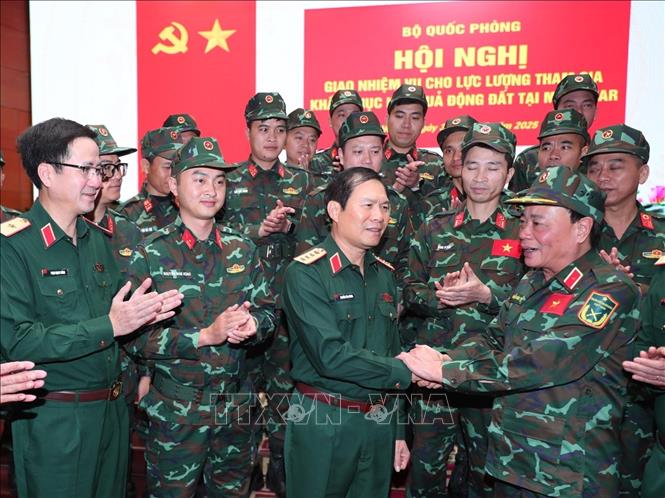

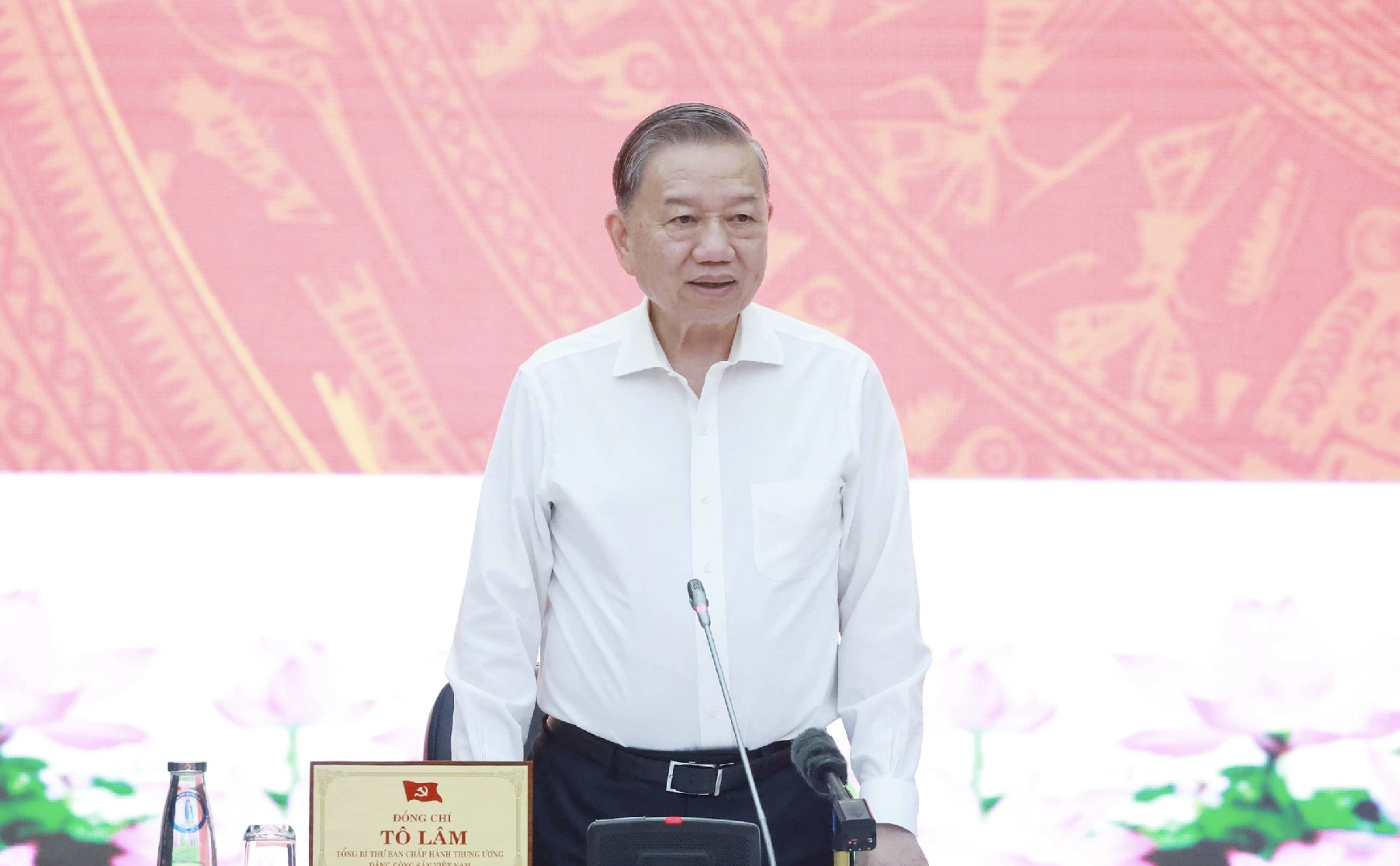

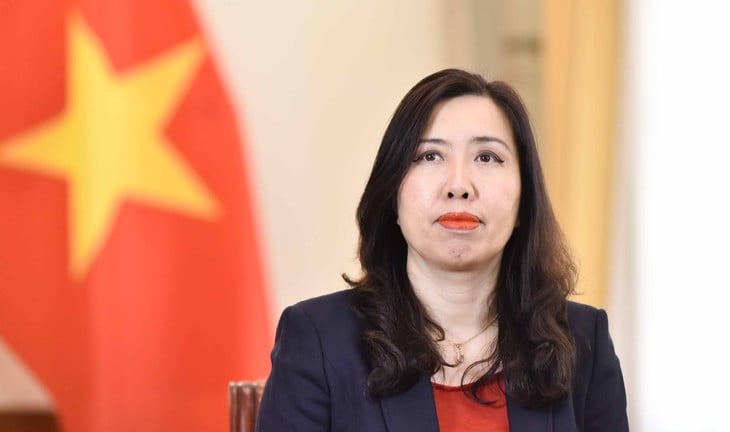

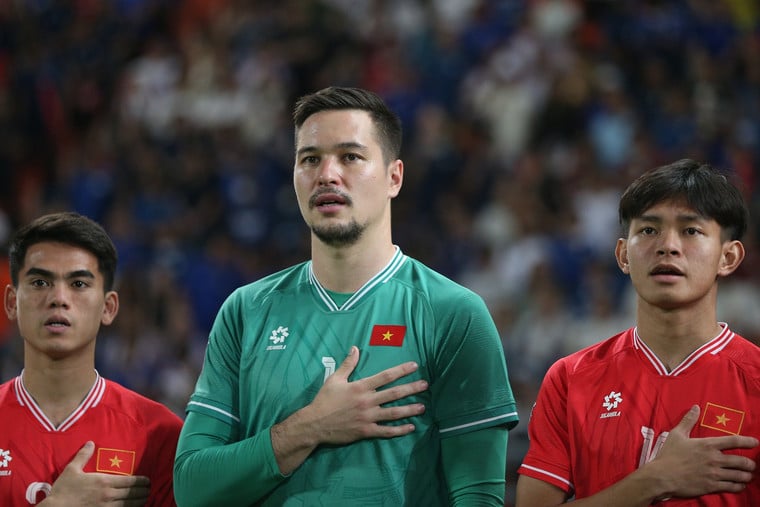

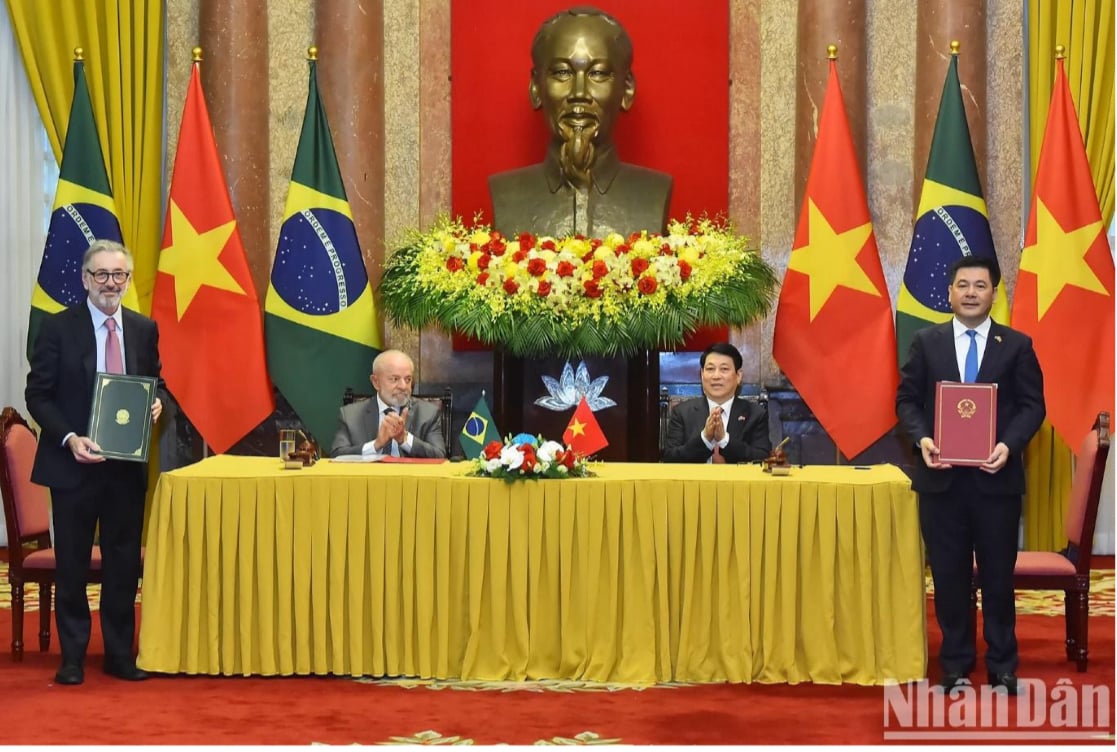

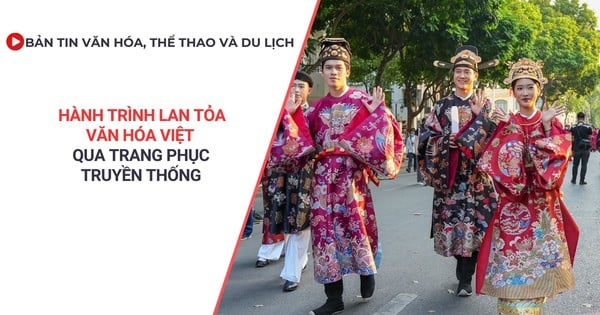

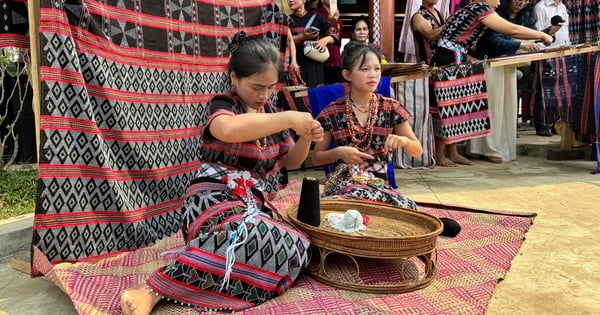
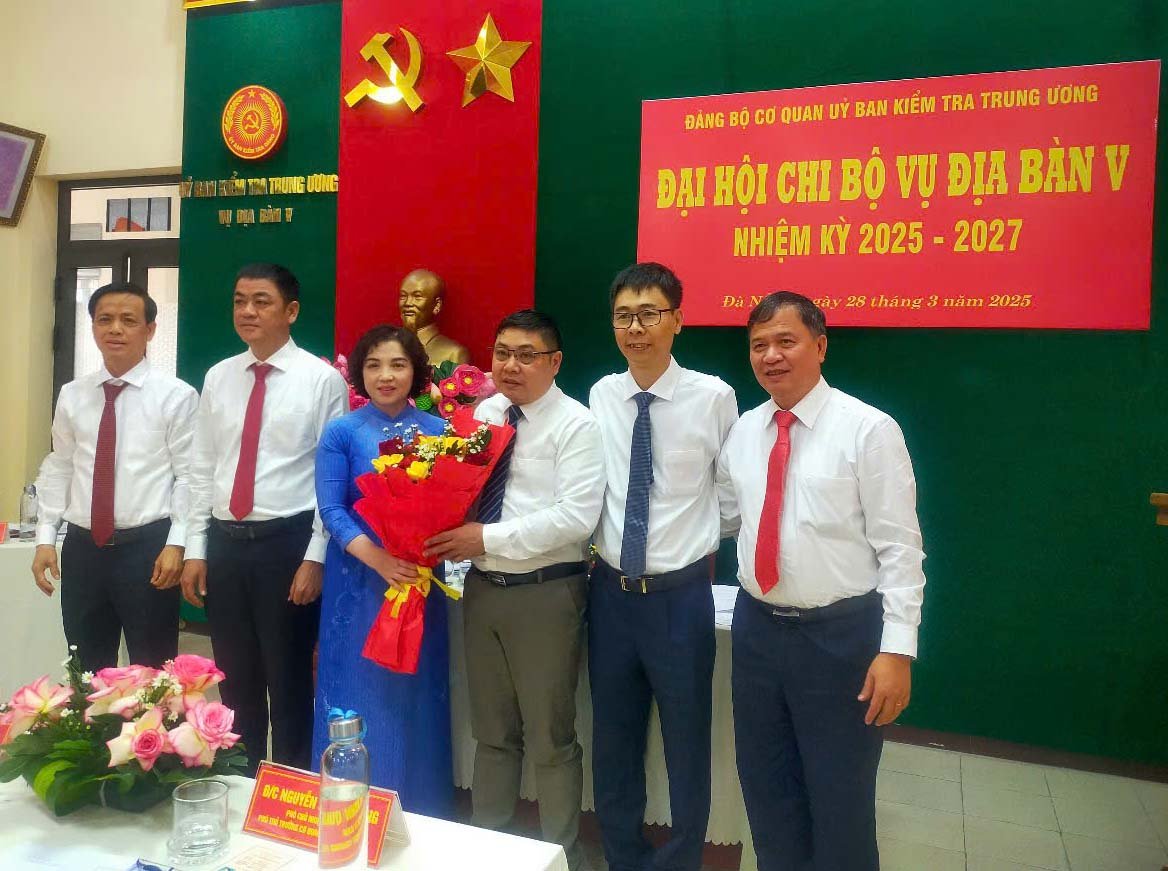

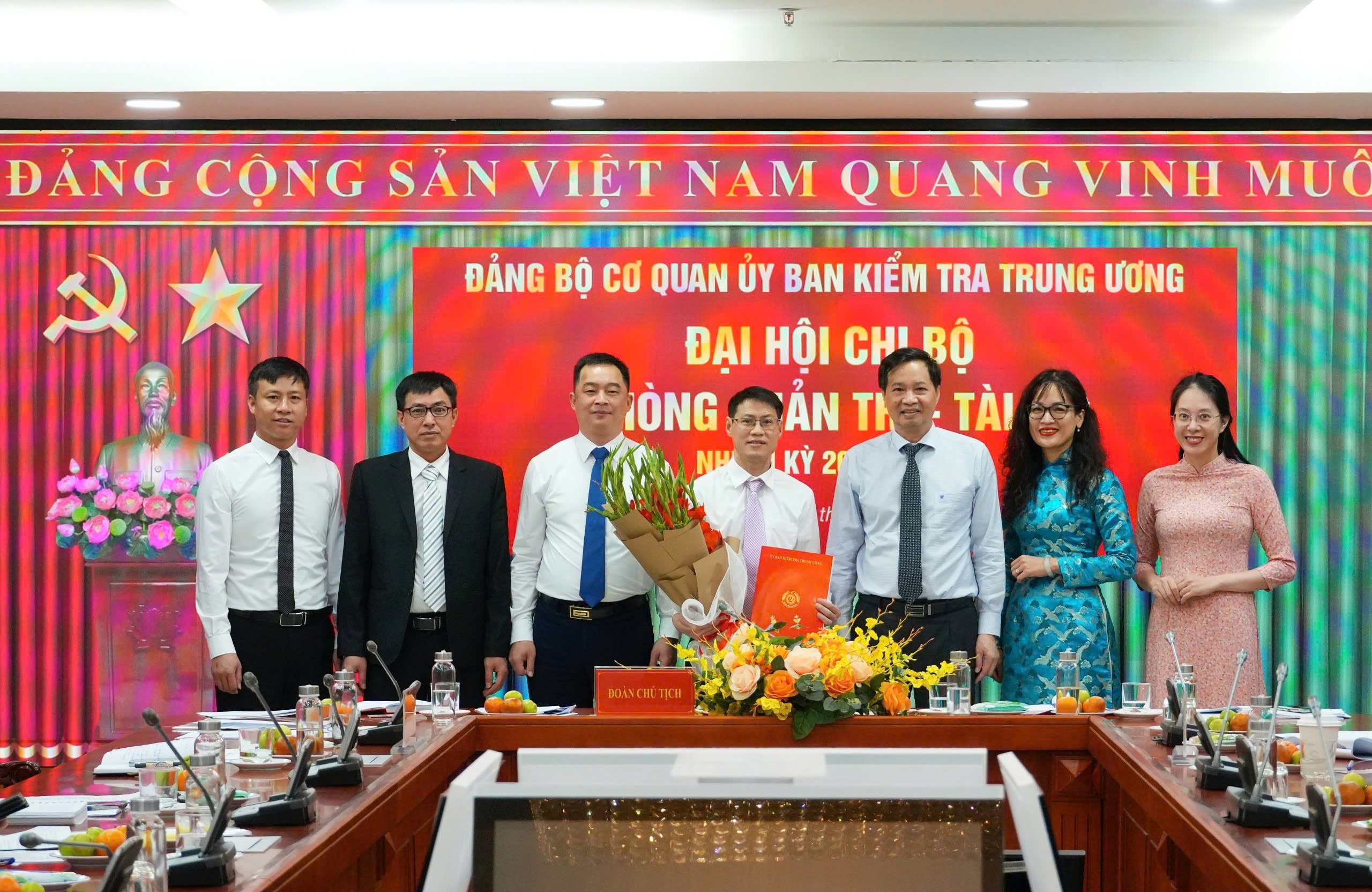
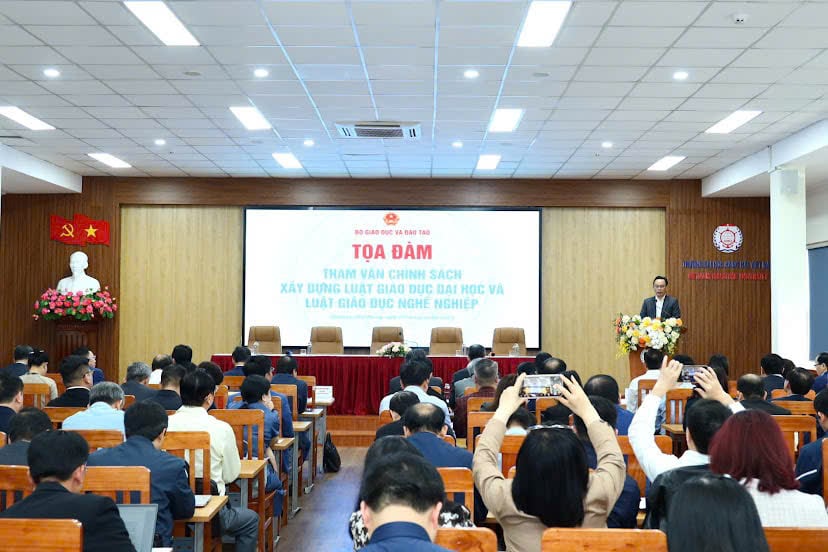

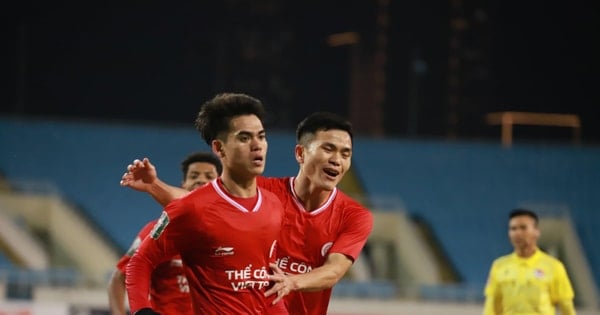

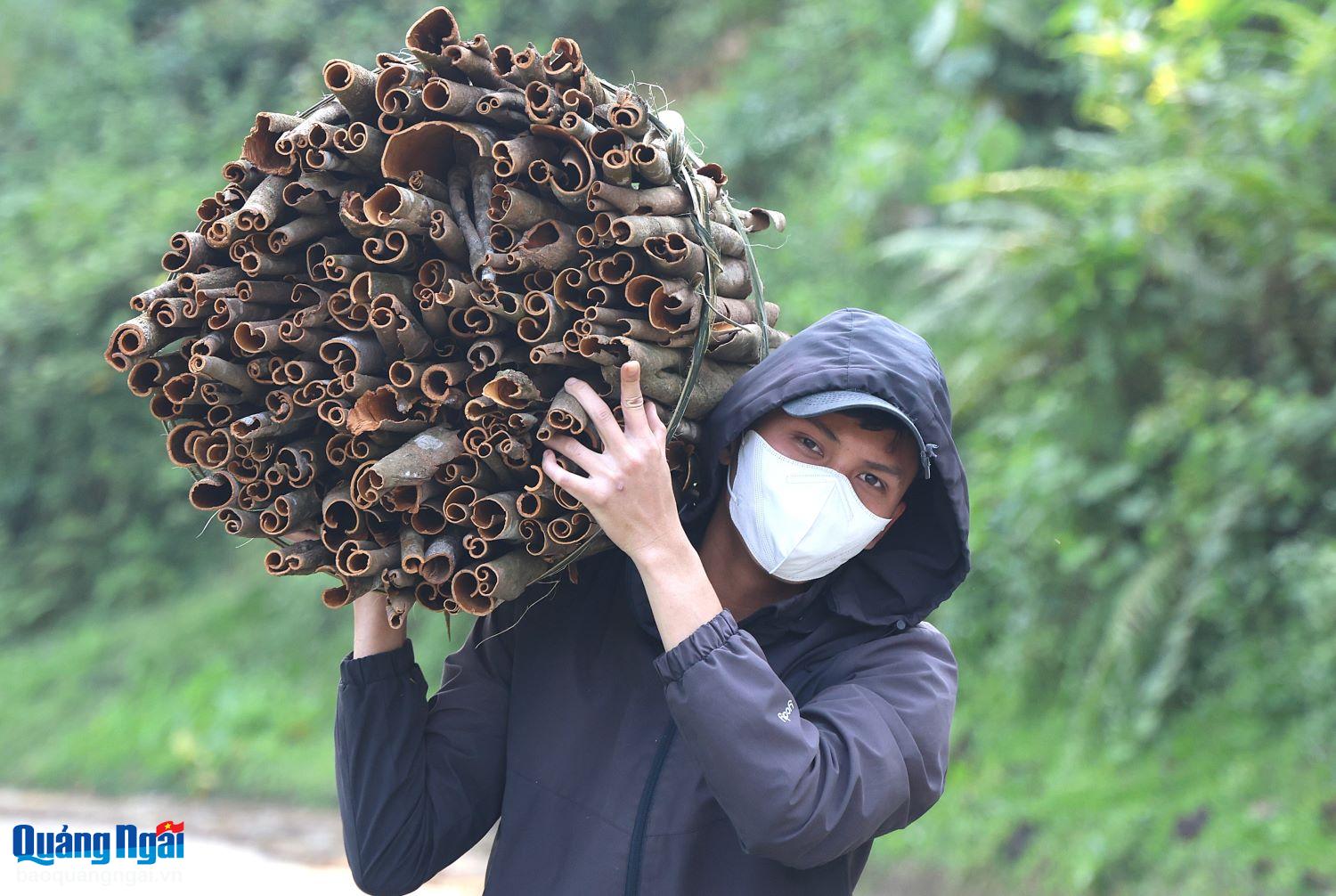

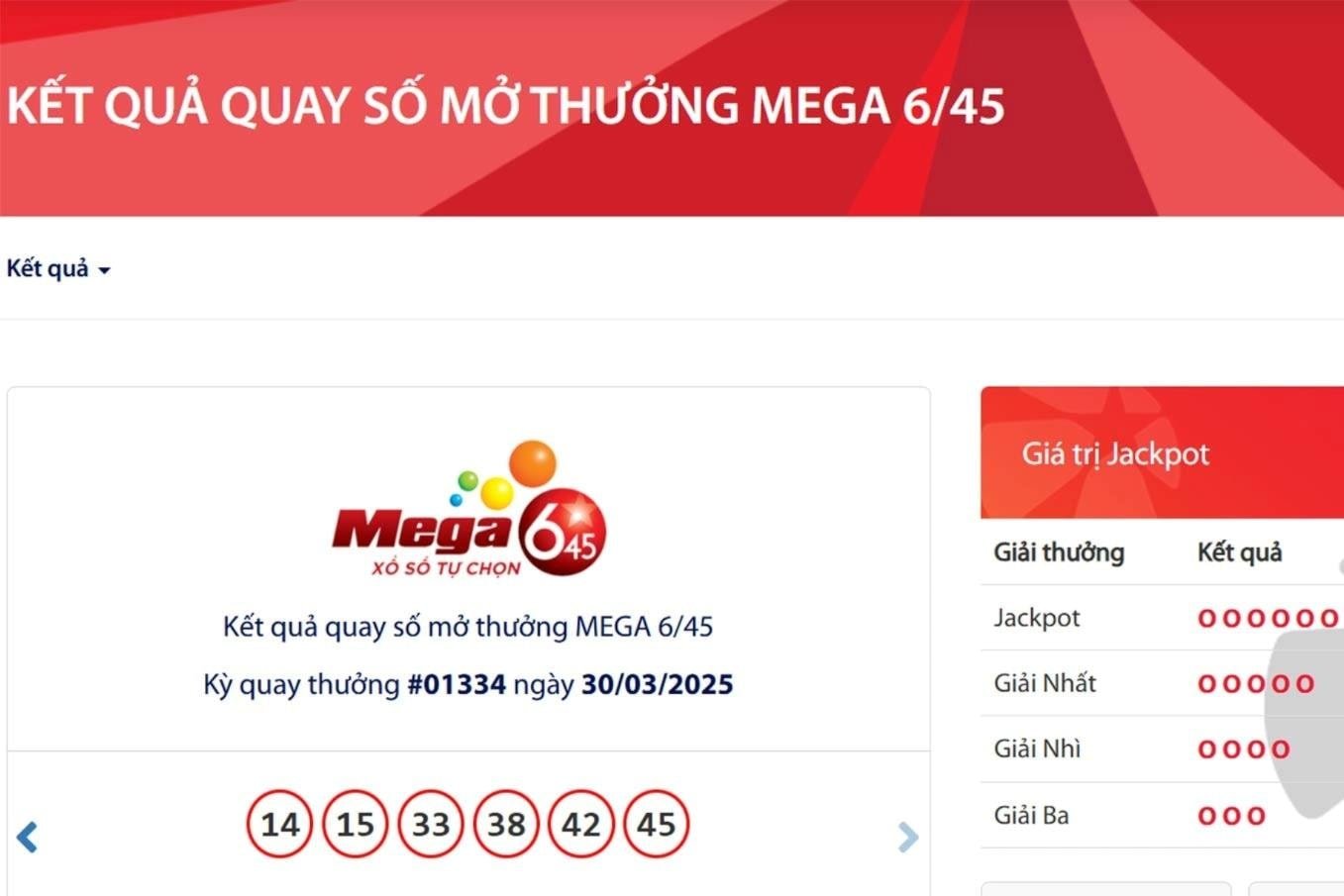


![[REVIEW OCOP] An Lanh Huong Vet Yen Cat](https://vstatic.vietnam.vn/vietnam/resource/IMAGE/2025/3/27/c25032328e9a47be9991d5be7c0cad8c)




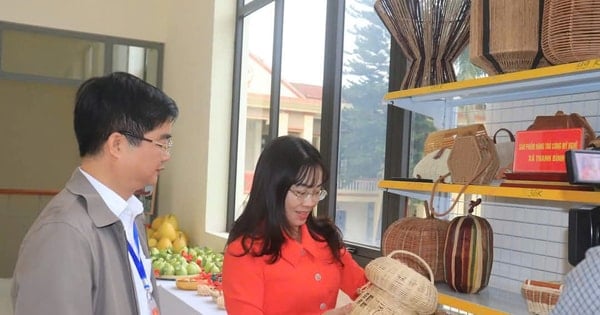
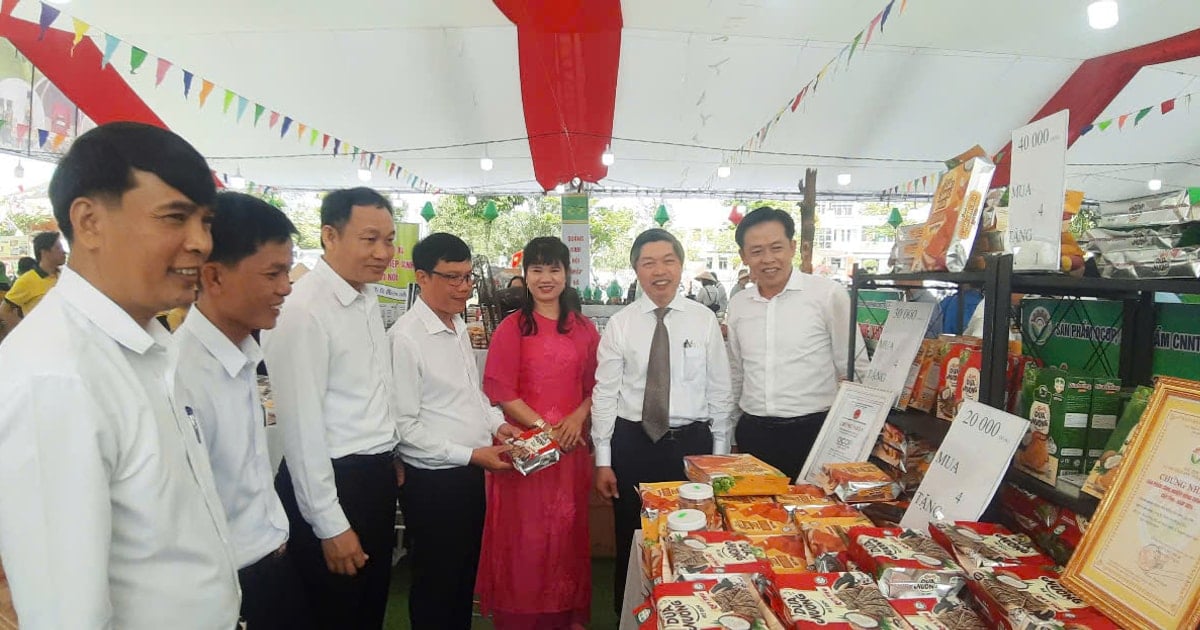

Comment (0)